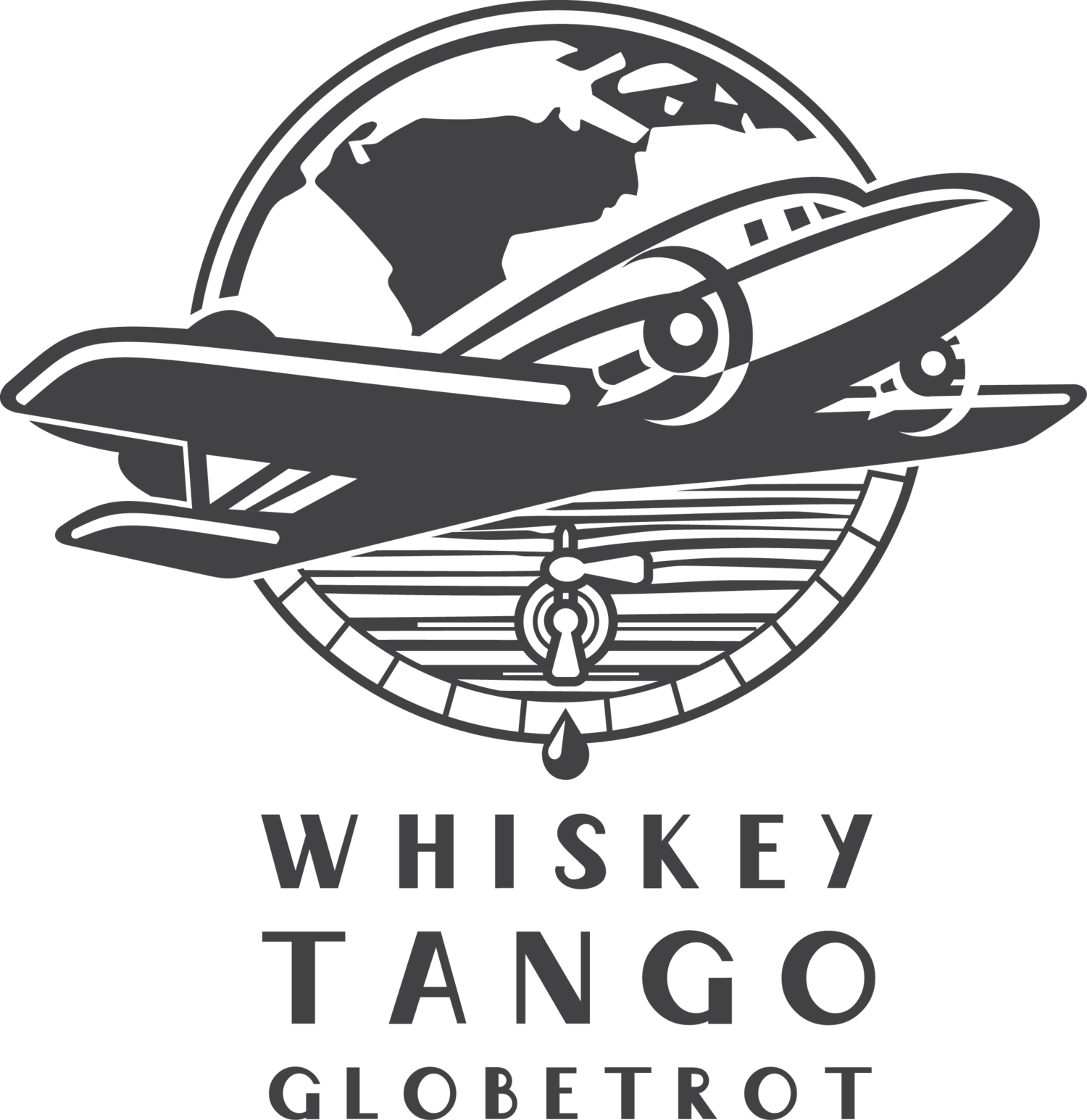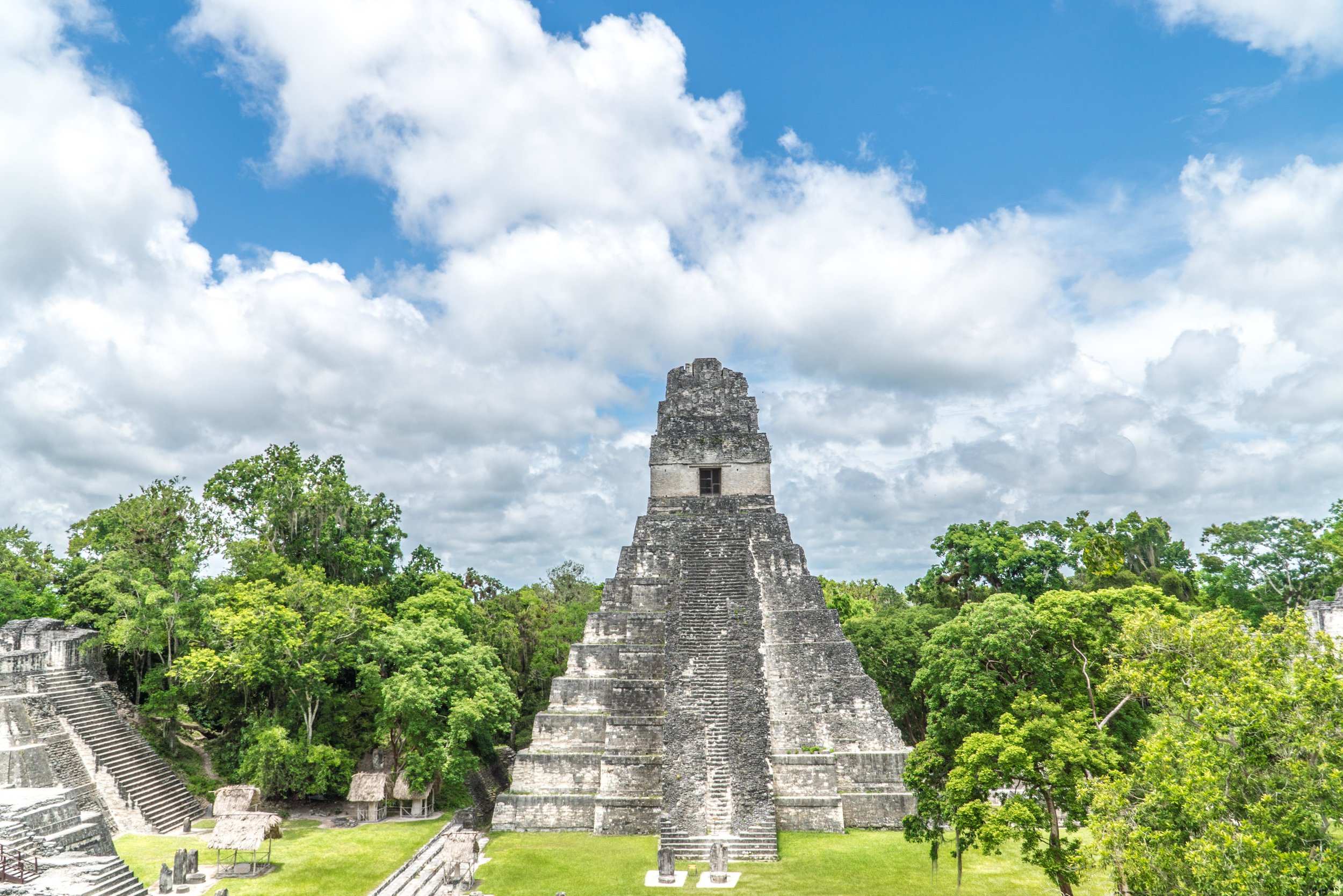Food Adventure on the Eyre Peninsula of South Australia
You guys, South Australia’s Eyre Peninsula is one of the wildest, most fascinating places I’ve ever visited. Being just 150 miles (as the crow flies) from South Australia’s capital city, Adelaide, it’s natural to question just how wild it could be. That’s about the same distance as driving from Los Angeles to San Diego, right? Well not so fast. Throw in a couple gulfs between Eyre Peninsula’s main city, Port Lincoln, and Adelaide, and those 150 miles turns into more than 400 miles if you’re driving.
But while it may be a 400-mile drive to Port Lincoln, it’s just a 45-minute flight from Adelaide. And within minutes you could be petting koalas and kangaroos in the wild and drinking a glass of wine amidst the world’s closest vineyards to the ocean, Boston Bay Winery. Perhaps most notably, however, is that Port Lincoln is dubbed the "Seafood Capital of Australia.”
So being Australia Day, and with the Eyre Peninsula sharing a boarder with my namesake inlet, Spencer Gulf, it only seemed appropriate to share my food adventure around South Australia’s Eyre Peninsula (hosted by Tourism Australia/South Australia). But I’m not talking “food adventure” as in an urban food crawl. Oh no, I’m talking about getting your hands dirty and your feet wet.
Upon landing at Port Lincoln Airport (if it’s even big enough to be called that), I was picked up at the airport by David Doudle, a.k.a. “Lunch,” owner of Goin' Off Safaris. While David organizes a variety of personalized land- and water-based tours around the Eyre Peninsula, I wanted something uniquely Australian that I couldn’t just do anywhere else. We were going deep into the cut of South Australia, where I’d eat only if I was actually successful in gathering food to eat (grocery shopping wouldn’t count). It was a true food adventure.
While Port Lincoln is no bustling metropolis, it’s one of the most vibrant fishing towns I’ve visited. Shrimping and fishing boats were coming in and out of the port, while local fish market, The Fresh Fish Place, was bustling with both commercial fishers who were dropping off the day’s catch in the factory and patrons who were sitting down in the dining room to enjoy it. Meanwhile, local Port Lincoln chef Kris Bunder had invited a group of travelers into his home for a waterfront seafood cooking class.
From Port Lincoln, however, it was time to get our feet wet, literally. Within moments of leaving The Fresh Fish Place, we were in the sticks, as evident by my question to David, “Wait, so like are we already in the outback?” While the waters surrounding the Eyre Peninsula are obviously wild, the land is equally so. Due south is Lincoln National Park, an 83-square-mile protected area characterized by islands, sand dunes, limestone cliffs, and crystal-clear coves. Yes, it’s just as beautiful as it sounds.
We turned off the road bordering Lincoln National Park for Mikkira Station, which provides a little taste of the natural bush environment, where you can camp with koalas. Y’all, camping with koalas! I think this koala selfie does the talking, however.
Our actual food adventure, however, awaited us west on the other side of the Eyre Peninsula near Coffin Bay National Park, which is one of the most beautiful bays I’ve ever seen (there’s a growing “beautiful” trend here). Yes, it got even better than Lincoln National Park. While Coffin Bay is naturally beautiful in and of itself, its fame extends below the surface, renowned for its flavorful oysters by the same name. It was here that I would have to find my own lunch. Needless to say, McDonald’s wasn’t an option.
My mission, if I chose to accept it, was to gather, prepare, and cook my own lunch, which in this case was diving for abalone. Abalone is essentially a species of edible sea snails. What does it look like? Well I’ll leave that to your imagination. But both the meat and shell are highly desirable, with people paying a lot of money for it in some regions of the world.
Decades ago, abalone was popular among sports fishers, but has now become monitored strictly because of overfishing. Even still, Australia supplies at least one-fourth of the world’s abalone harvesting. As such, you can get a first-hand experience of abalone in Australia that you can’t just get anywhere (especially in the U.S.). If this wasn’t a uniquely Australian adventure, I don’t know what is.
Pulling onto a beach near Coffin Bay, David and I were truly off-the-beaten-path in South Australia, as I saw one other person the entire afternoon. Outfitted with a mask, snorkel, and a pair of fins, it felt a little bit like being in an episode of Abalone Wars, minus the sharks, of course, since we were diving shallow into a rock pool. In mere minutes, David had spotted abalone shells along some rocks, and we had our lunch.
What stood out, however, was getting to enjoy the very seafood that I had caught just minutes prior on one of the most beautiful beaches I’ve visited. By the time I had finished changing, David had set up a makeshift kitchen on the back of his SUV, just a few feet from where crystal-clear waves were lapping onto the white, sandy beach. While we prepared the abalone, we shucked a few local oysters and popped open a bottle of Sauvignon Blanc from Boston Bay Wines.
Preparing and cooking the abalone was little more than separating the meat from the shell, cutting it up into slices, and adding it to a frying pan. David sprinkled it with the juice of a lemon and seasonings, and then added slices of red pepper and sautéed it. And that was it! The abalone was tender, flavorful, and unlike anything I’ve ever eaten. When David asked me what it tasted like, I stood there dumbfounded, and unable to compare it to anything I’ve ever had.
Within an hour we had gathered our own lunch, prepared it, and enjoyed it, all on a beach we had to ourselves while drinking locally produced wine. More broadly, in a span of 36 hours I had visited the closest winery to the ocean, come face to face with a koala, petted a kangaroo, and had gathered and prepared my own lunch. Now this was Australia.















